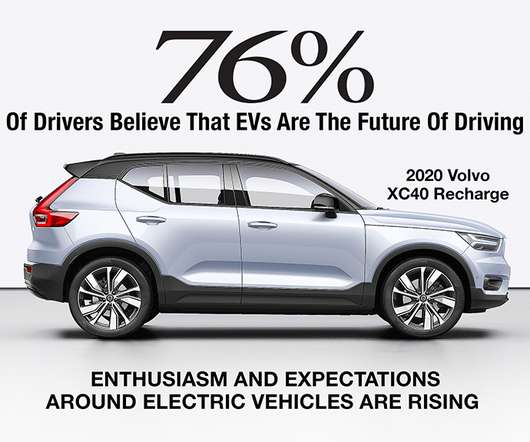Perspective: A View Into the New GM
Green Car Congress
AUGUST 30, 2009
The morning session started out with an hour long press conference, the highlight being the unveiling of the Volt’s 230 mpg preliminary EPA city fuel economy finding ( earlier post ), as well as a tour showing selected elements from the studios of the four GM North American brands: Chevrolet, GMC, Buick and Cadillac. Click to enlarge.


















Let's personalize your content